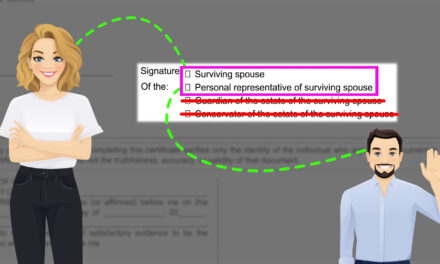Facts: A lender acquired title to a residential property occupied by a tenant at a trustee’s sale. The lender posted a 90-day notice to quit on the property and mailed a copy to the tenant’s address of record without first attempting t personal service of the notice. After 90 days elapsed, the tenant did not vacate. The lender filed an unlawful detainer (UD) action to remove the tenant.
Claim: The lender sought possession of the property, claiming the tenant’s occupancy was unlawful since the 90-day period had expired.
Counter claim: The tenant claimed they were not required to vacate the premises since the lender did not properly serve the notice to quit as they posted it on the property and mailed it before attempting to serve the tenant personally.
Holding: The Superior Court of California held the tenant was not required to vacate the premises since the lender did not serve the notice to quit properly, as state law permits the lender to post and mail a notice to quit only after they have first attempted to serve the tenant personally. [Bank of New York Mellon v. Preciado (August 19, 2013)_C4th_]
Editor’s note – The devil is in the details. In order to properly serve a notice to quit, the lender was required to show that personal service was attempted on a person of suitable age or discretion at either tenant’s residence or business address before posting and mailing the notice, called substituted service. This personal service procedure requirement applies to all notices served by landlords and any successors-in-interest. [See first tuesday Form 573]














